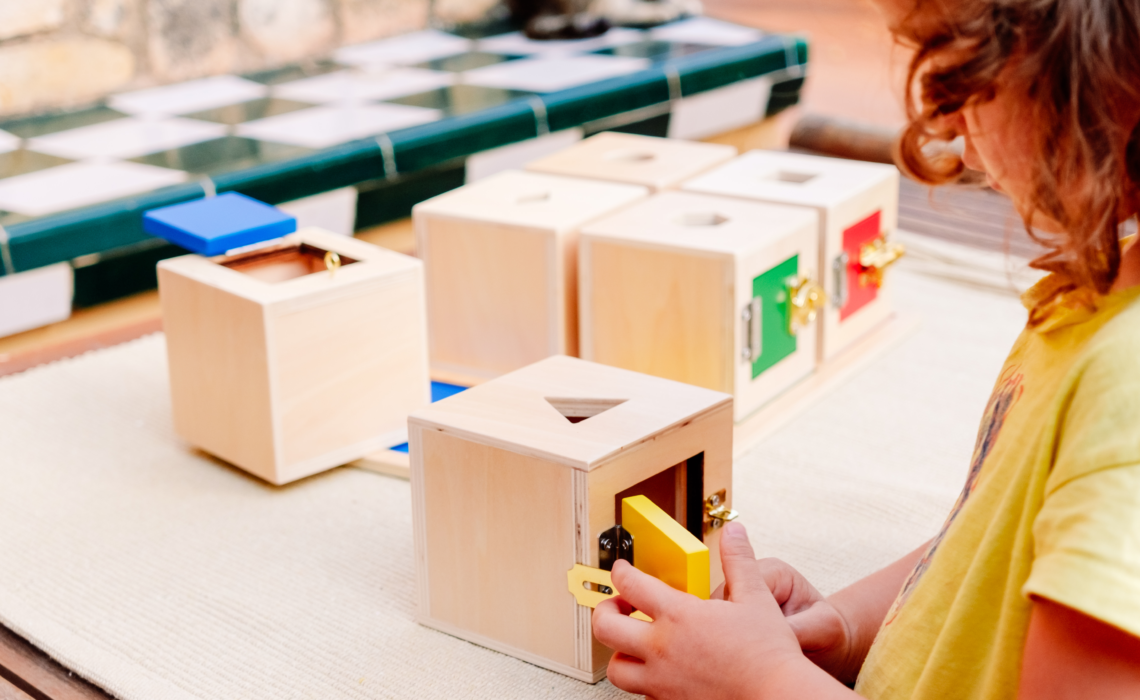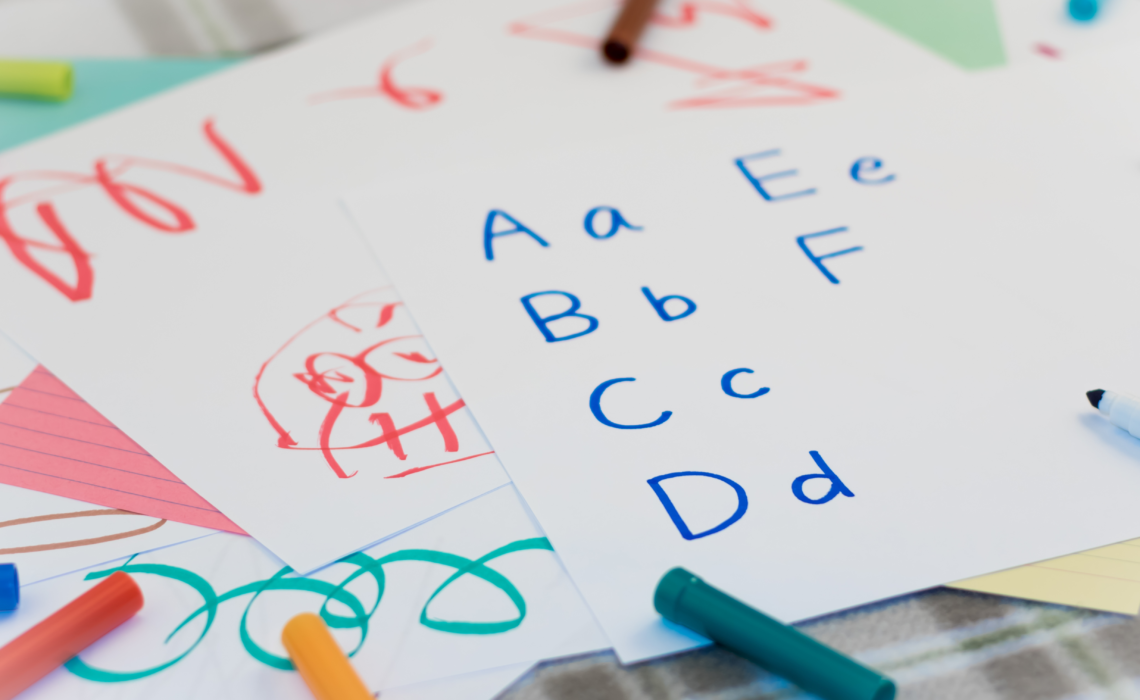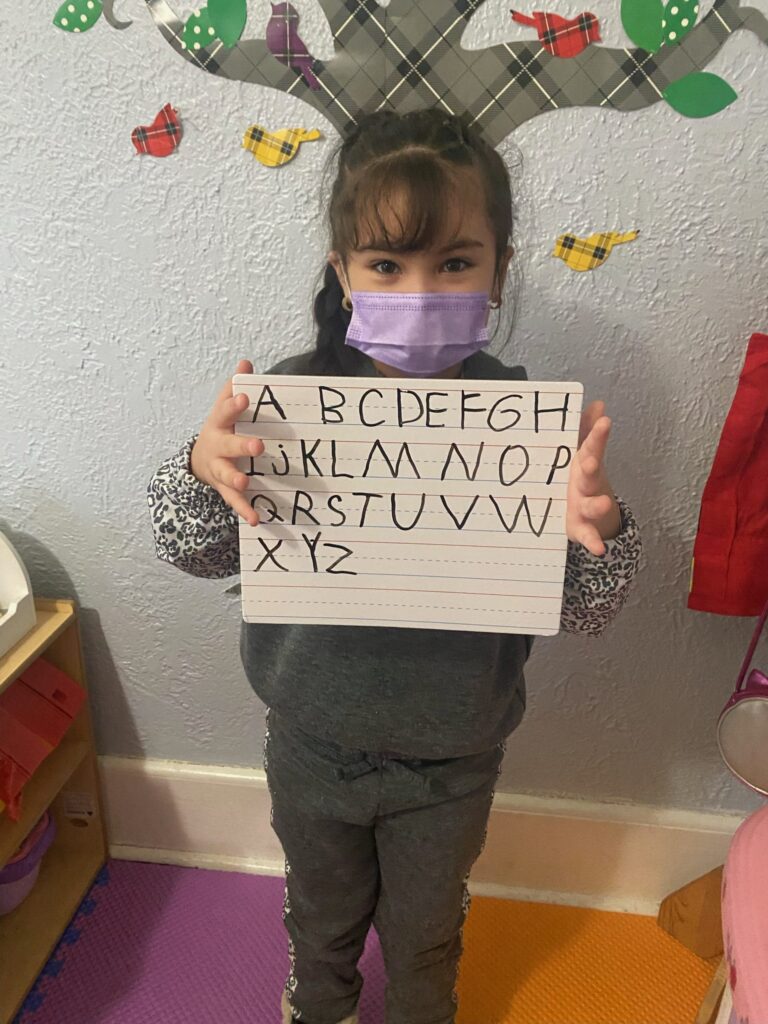Culture Influences Children’s Play

Nowadays, we have good resources for children who attend schools and daycares in their first years of life, where different programs offer different learning curriculum.
The daycares offer in their activities what we call free play where they give the opportunity for the child to choose their own game.
Play preference reflects the values that children are being raised in within their culture. The individualistic culture may make the child prefer this play time to be alone, sometimes in competitive activities and in smaller groups, in activities that they can do alone.
We can see a difference between children from collective and collaborative cultures who may emphasize inclusion and play in larger groups. For some cultures moderation is important, in other cultures it is to be very expressive which may or may not seem boisterous or aggressive in a room. Another case in the game will vary depending on the role the child plays.
If children are raised in a rural area, they may be playing the roles of farmers taking care of animals, driving tractors unlike children raised in the city, they can drive taxis and buses to act out these roles.
To have in the learning environments books from different cultures, puzzles, music where children can understand and learn words from different cultures.
Considering the impact of technology that has changed the power of books, reading and interest in looking at books.
Don’t just read the story, let the child build a story simulation. Story-related projects can make art sing will help the child understand the culture. Encourage imitation games based on these stories. Provide opportunities for children to sing and dance.
There is much more to the interest of learning through play than just artifacts that you can bring into the classroom.
Courtesy of Precious Moment Child Care












